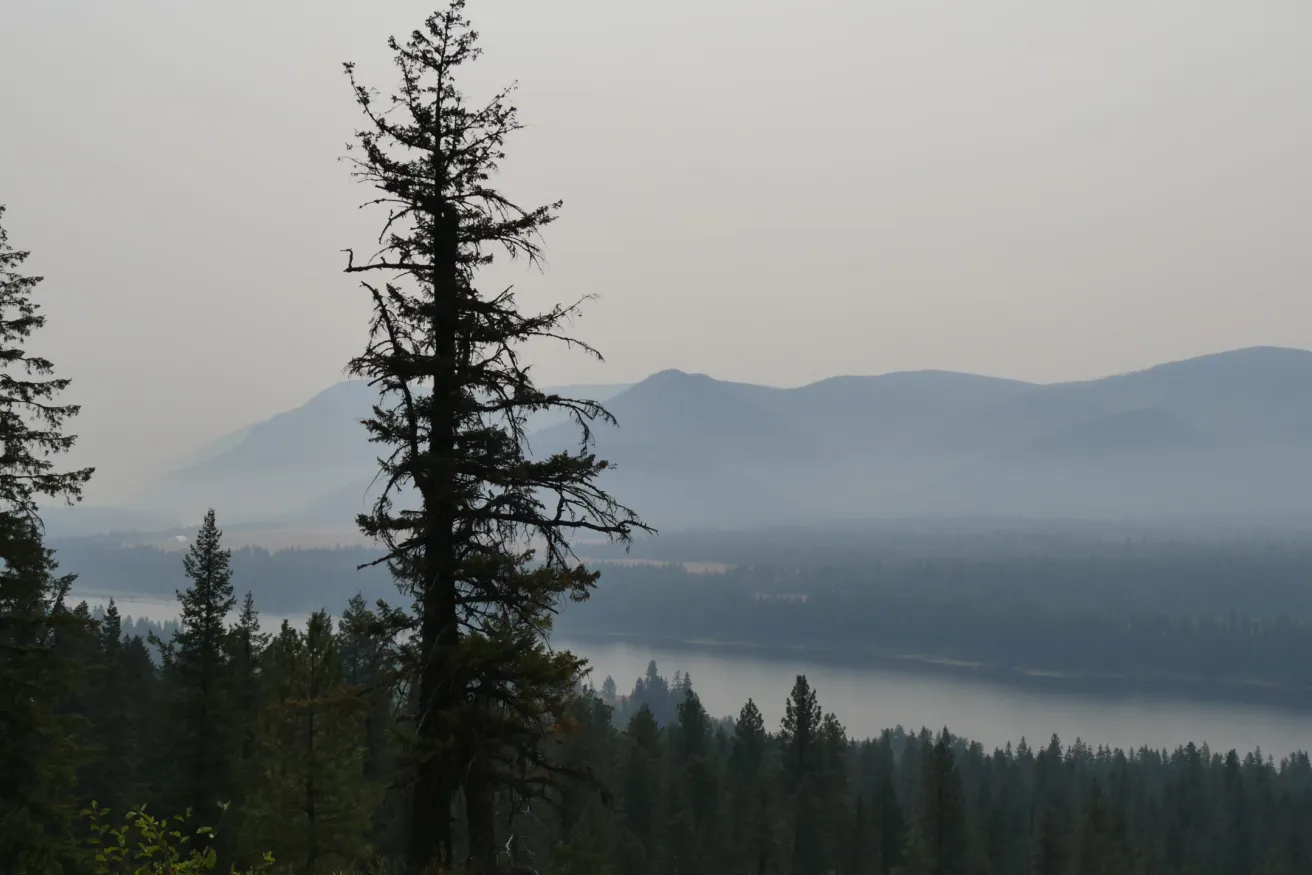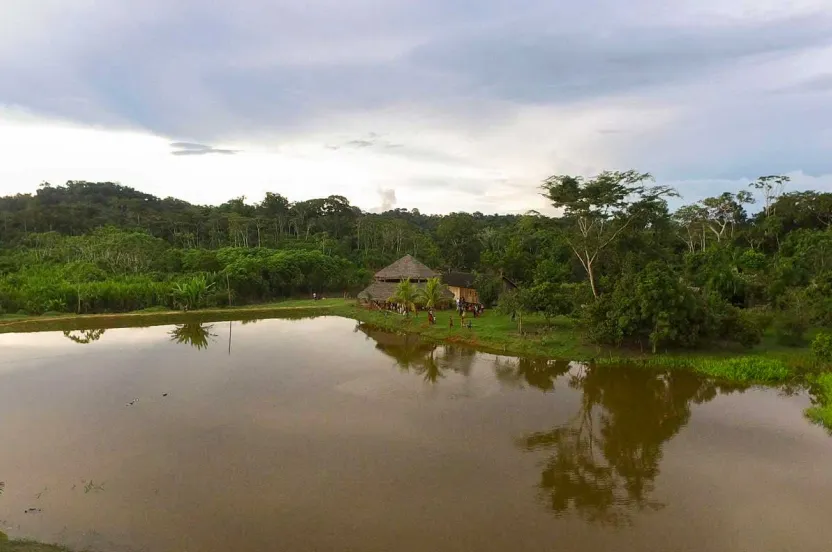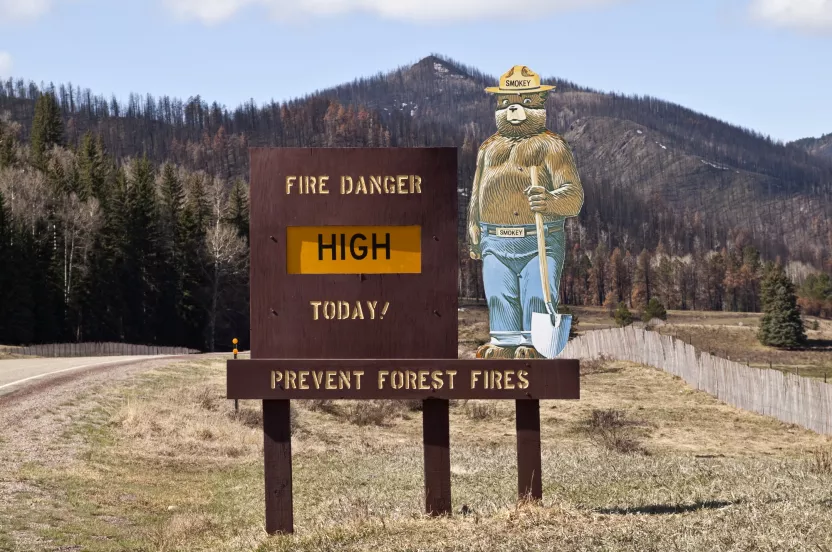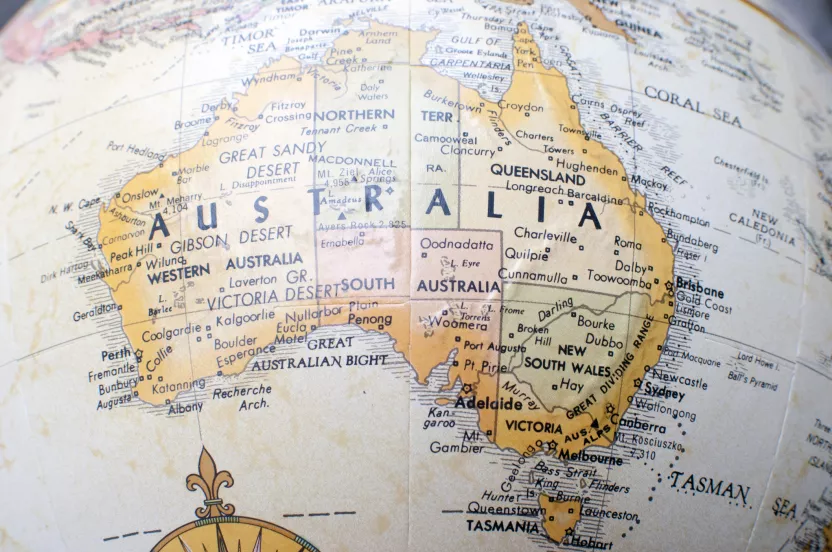The Arbor Day Foundation is pledging 10 million trees to areas impacted by hurricanes Helene, Milton Help us replant
Wildfire Restoration 101: How to Drive Recovery and Prevent Future Disaster
On Tuesday, the Arbor Day Foundation announced the launch of its Wildfire Restoration Collaborative, a group of partners dedicated to the long-term restoration of forestlands devastated by wildfires. This announcement comes amidst a record-breaking year of fires, which rendered severe damage to forests from California to Australia and the Arctic. By prioritizing restoration work, the Foundation and our partners aim to protect not only forests but the people and wildlife who rely upon them.
October 21, 2020

On Tuesday, the Arbor Day Foundation announced the launch of its Wildfire Restoration Collaborative, a group of partners dedicated to the long-term restoration of forestlands devastated by wildfires. This announcement comes amidst a record-breaking year of fires, which rendered severe damage to forests from California to Australia and the Arctic. By prioritizing restoration work, the Foundation and our partners aim to protect not only forests but the people and wildlife who rely upon them.
Why is wildfire restoration important?
Recent fires have burned longer and hotter than usual, yielding two dangerous results. These historic fires often destroy tree seed source, preventing or slowing healthy forest regeneration. What’s left behind is mostly brush and grass – effectively, fuel for the next megafire.
In addition to an increased risk for future fires, damaged forests face continued challenges like mudslides, degraded water quality, and a loss of habitat for local wildlife. Careful and well-planned replanting and management can help mitigate these long-term issues.
How does it happen?
Wildfire restoration is a long-term process that requires input from emergency responders, local forestry experts, and public and private partners.
- Stop the spread of the fire. The first priority is to contain the fire and let efforts to provide food, water, and shelter to people displaced by the disaster step in.
- Assess damages. After severe fires, “Burned Area Emergency Response” (BAER) teams assess the damage done to the forest and begin planning a response.
- Prioritize. With input from the BAER team, forest service staff map out areas that need immediate attention in terms of erosion control. The forest service also maps out the low, medium, and high severity burn acres. The Arbor Day Foundation and its partners focus support on high-severity burn acres that may not regenerate to their full health without replanting efforts.
- Seek out local expertise. Local experts guide details such as the species, number of trees, and appropriate spacing for forest restoration efforts. With that advice in mind, our partners engage nurseries to begin growing the necessary seedlings—this grow-out can take up to one year or sometimes longer.
- Convene partners. The Arbor Day Foundation convenes on-the-ground planting partners, public agencies, and major corporations to fund, plan, and execute wildfire restoration projects.
- Restore damaged forests. Local partners execute replanting over the course of several years, then monitor and manage the forests in the long-term.
How long does it take?
Planting seedlings to assist forest regeneration is a long-term project. In California, replanting in the Carr and Camp burn scars will be carried out over the course of at least four years. Even once planting is completed, foresters must manage and monitor newly planted trees to ensure their survival. But this work must be done – replanting will increase forest and community resilience for years to come.
Learn more about the Arbor Day Foundation's Wildfire Restoration Collaborative at www.arborday.org/wildfire




